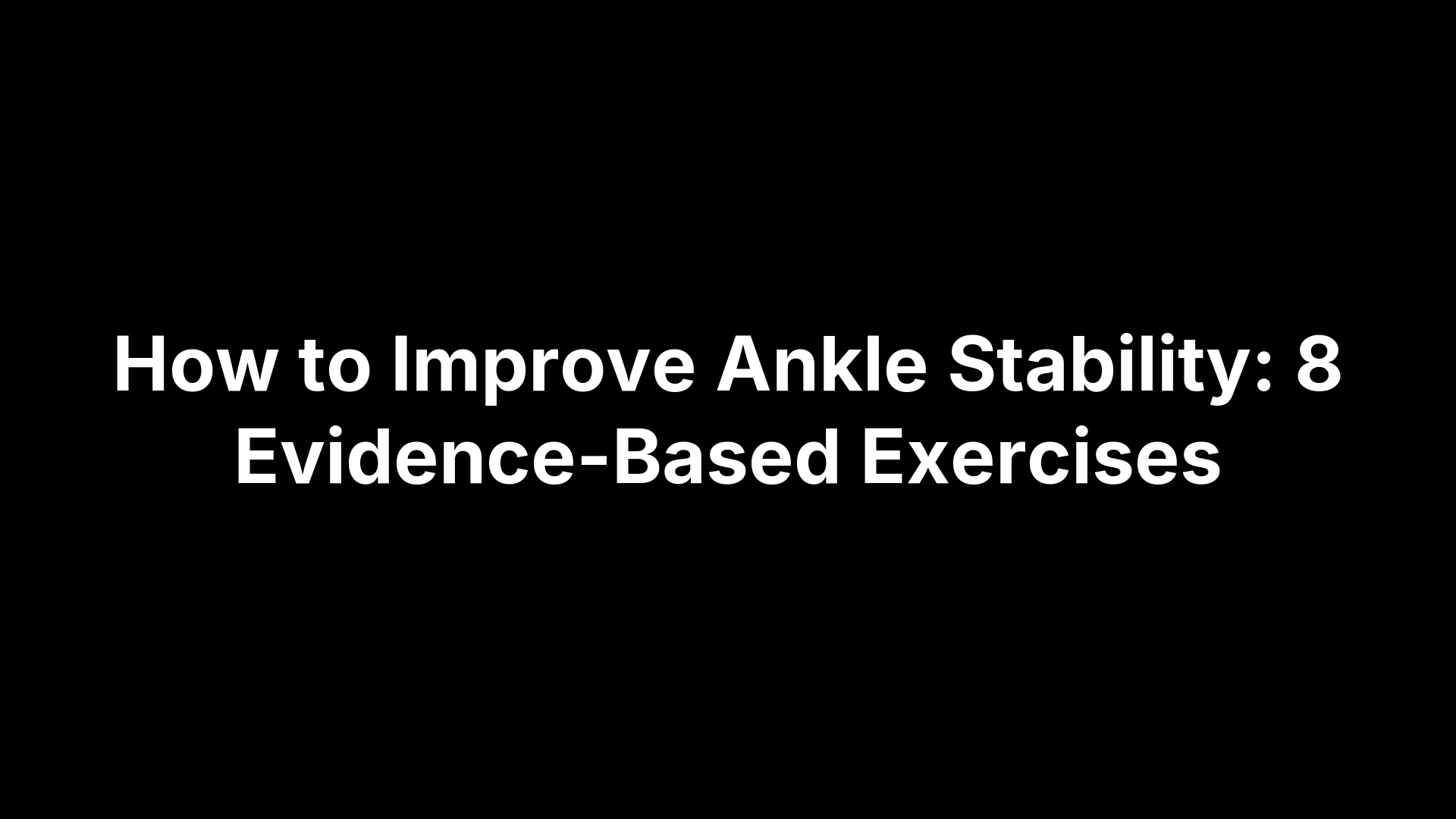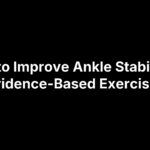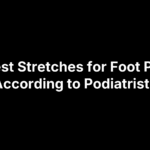A single high-speed video of your stride can reveal why your shins ache at mile seven or why those brand-new shoes feel off after two weeks. That snapshot—known as a running gait analysis—measures how your feet, legs, hips, and trunk interact with the ground so you can run faster, safer, and more comfortably.
Runners seek gait analysis for three big reasons: stopping injuries before they start, choosing shoes that actually match their mechanics, and breaking through nagging pain or stubborn performance plateaus. In the sections that follow, you’ll see exactly how an analysis is performed, what the numbers mean, what it costs, and when scheduling one is truly worth it. Let’s start by understanding what your gait cycle really looks like.
What Exactly Is Running Gait Analysis?
Running gait analysis is a structured, evidence-based look at how your body moves from the instant your foot lands to the moment it leaves the ground at running speed. High-speed video, pressure plates, and sometimes 3-D sensors collect hard numbers—cadence, pronation angle, ground-contact time, asymmetry. Those numbers then turn into an action plan: the right shoe category, technique drills, or custom orthotics so you can log miles with less pain and more efficiency.
Components of the Running Gait Cycle
Each stride has two main pieces. The table shows normal timing; big swings often hint at underlying issues.
| Phase | Key events | % of cycle |
|---|---|---|
| Stance | Foot strike → toe-off | ~40% |
| Swing/Flight | Both feet airborne | ~60% |
Why Tiny Deviations Matter
Small quirks add up fast. Overstriding can boost tibial stress by about 30%, while excessive hip drop triples the risk of IT-band irritation. Spotting these faults early keeps nagging aches from becoming sidelining injuries.
Walking vs. Running Gait—Key Differences
Walking never leaves the ground and tops out near body-weight forces. Running adds a flight phase and 2–3× body-weight impact, recruiting muscles in different sequences. That’s why your analysis must be running-specific, not done at a stroll.
How a Professional Gait Analysis Is Performed Step by Step
Plan on setting aside about 30–45 minutes, although full biomechanical labs can stretch to an hour. The appointment moves from conversation to cameras to concrete recommendations, giving you a clear picture of how each joint behaves once the pace picks up.
Pre-Screening: History & Goals
A short interview kicks things off: weekly mileage, race calendar, prior injuries, even shoe rotation. The clinician then performs a static check—looking at arch height, leg-length symmetry, pelvic alignment, and standing posture. This context helps interpret the numbers you’ll see later.
Motion Capture & Treadmill Video
Next comes the “lights-camera-action” portion. You jog on a treadmill while high-speed cameras (120–240 fps) film from the rear, side, and front. Many clinics now add marker-less 3-D systems or in-deck pressure plates that map force and timing under each foot. A few strides at different speeds are enough to capture cadence, ground-contact time, pronation angle, and asymmetry.
Strength, Flexibility & Functional Tests
Off the treadmill, simple screens fill in the puzzle pieces: single-leg squats for hip stability, manual muscle testing of glutes and calves, and goniometer checks of ankle dorsiflexion or hamstring length. Weak links exposed here often explain the movement quirks seen on video.
Data Review & Personalized Report
Finally, the clinician walks you through slow-motion clips and color-coded graphs. Expect to see numbers like cadence (steps/min), rear-foot eversion (°), and left–right stance-time difference (%). You leave with a printed or digital packet outlining:
- shoe category suggestions
- corrective strength and mobility drills
- form cues or cadence targets
- a timeline for follow-up filming
That take-home roadmap turns raw footage into actionable change.
Evidence-Backed Benefits of Getting Your Gait Analyzed
A quick Google search surfaces the PAA question, “Is it worth getting gait analysis for running?” Research and real-world clinic data say yes. Peer-reviewed studies from sports-medicine labs show that a personalized analysis followed by targeted interventions can cut overuse injury rates by 20–39 % and improve running economy by 4–6 %. That’s the difference between limping through a training cycle and toeing the start line feeling fresh.
Injury Prevention & Early Issue Detection
Video and pressure data flag red-zone mechanics—think hip drop or overstriding—months before pain shows up. Correcting them early slashes the odds of shin splints, runner’s knee, and Achilles tendinopathy.
Picking the Right Running Shoes
A gait report classifies your foot strike and pronation pattern, steering you toward neutral, stability, or motion-control models. Matching shoe to mechanics has been shown to lower blister complaints and mid-run discomfort by up to 50 %.
Boosting Performance & Efficiency
Small tweaks like a 5 % cadence bump reduce vertical oscillation and braking forces, saving precious energy. Many runners see pace gains of 3–10 sec per mile at the same heart rate after eight weeks.
Guiding Rehab & Return-to-Run
Physical therapists use gait metrics to dose loading, choose orthotics, and design strength progressions. The objective numbers provide a clear “green light” when symmetry and impact peaks return to safe ranges.
Types of Gait Analysis Services and What They Really Offer
Not every gait analysis is created equal. From the quick “hop-on-the-treadmill” demo at your local running shop to lab sessions worthy of a sports-science journal, the scope, accuracy, and follow-up vary wildly—and so does the price tag. Here’s what you can actually expect from each option.
Free Retail Store Assessments
A sales associate films 10–20 seconds of treadmill running, eyeballs pronation, and recommends shoes.
- Pros: zero cost, instant feedback
- Cons: limited camera angles, no strength testing, sales-driven
Clinical/Physical Therapy Lab Assessments
Licensed PTs use multi-angle video and basic force plates, then pair results with strength drills.
- Pros: medical oversight, insurance may help
- Cons: tech is 2-D; deeper data costs extra
Sports Medicine & Podiatry Centers
Think force platforms, EMG, maybe 3-D motion capture plus a podiatrist or sports doc.
- Pros: gold-standard detail, customized orthotic options
- Cons: $200–$500+, longer report turnaround
Smartphone Apps & Wearables
RunScribe pods, Garmin dynamics, or iPhone slow-mo offer DIY snapshots.
- Pros: under $100, repeat anytime
- Cons: self-interpretation, accuracy depends on user setup
Understanding Typical Gait Findings & How to Correct Them
When the report from your gait analysis for running lands in your inbox, the graphs and jargon can feel like another language. Below are the four most common flags clinicians circle, what they actually mean, and—most important—how you can start fixing them today.
Overpronation vs. Supination
Excessive inward roll (overpronation, >10° rear-foot eversion) or too little roll (supination, <4°) shifts shock up the chain to knees and hips.
- Quick fixes: choose stability shoes for overpronation or cushioned neutral shoes for supination
- Strength work: tibialis posterior raises, single-leg calf raises
- Gear assist: medial posting insoles (overpronators) or lateral wedges (supinators) for severe cases
Cadence, Stride Length & Overstriding
Ideal cadence lives around 170–190 steps/min; anything slower often means the foot is landing far in front of the center of mass, spiking braking forces.
- Drill: run with a metronome set +5% above current cadence for 30-second bursts
- Cue: “short, quick steps—feet under hips”
- Progression: add 5 steps/min every two weeks until target range feels natural
Hip Drop, Knee Valgus & Core Stability
A visible pelvic drop or knock-kneed landing signals weak abductors and core. Left unchecked, it’s a fast track to IT-band pain.
- Strength: side-lying clams, monster walks, single-leg deadlifts (3 × 12 each)
- Form cue: imagine headlights on your hips shining straight ahead
Training Drills, Strength Work & Gear Tweaks
Layer fixes gradually:
- Insert two technique drills (A-skips, high-knees) into every warm-up.
- Lift twice weekly, focusing on hips, calves, and core.
- Re-film yourself after four weeks to check progress; adjust shoe or insole choice if metrics haven’t improved.
Addressing even one of these findings can reduce injury odds and make every mile feel smoother.
How Much Does a Gait Analysis Cost?
Expect anything from zero dollars at a shoe shop to four figures in a biomechanics lab. The price reflects equipment used, clinician credentials, and the depth of follow-up you receive—not simply the length of treadmill time.
Price Range by Setting
- Free retail assessment: $0
- Physical therapy lab: $80–$250
- Sports medicine / podiatry clinic: $200–$500+
- Elite 3-D biomechanical lab: $500–$1,200
Extra Costs to Factor In
Custom insoles ($60–$250), new footwear ($120–$250), and a follow-up session ($60–$150) can nudge the total higher than the session fee alone.
Insurance, HSA/FSA & Medical Referrals
If a clinician bills under CPT 97750 (physical performance test) or similar codes, insurers may reimburse part of the visit. Paying with HSA or FSA funds is usually allowed when you have a physician referral.
Free and Budget-Friendly Alternatives
Look for community running-store events, university research studies seeking volunteers, or smartphone apps that provide basic gait metrics for under $100.
Do You Need a Gait Analysis Right Now?
A full motion study isn’t essential for everyone. Check the points below first.
Red Flags that Warrant an Assessment
- Shin, knee or heel pain lasting longer than two weeks
- Blisters or calluses that always form on the same foot
- Uneven stride or limp after recent injury or surgery
- Big mileage or speed jump coming in the next training block
Frequency Guidelines for Different Runner Profiles
- New runners — once within the first 3–6 months
- 25 + mi/week — yearly tune-up
- Post-injury — before returning to full training
How to Choose a Qualified Provider Near You
Look for a DPT, sports podiatrist, or certified coach using multi-angle video and providing written follow-up; ask about tech, cost, support before booking.
Maximizing the Results of Your Gait Analysis
A report alone won’t change your stride. Turn that data into faster, pain-free miles with intentional follow-through.
Implementing Form Changes Gradually
Adopt one cue at a time. Lift cadence 3–4 % over two weeks and alternate new mechanics with regular runs.
Updating Your Training Plan
Add two form drills to warm-ups, swap a hard workout for hill strides, and pencil in an extra recovery day.
Tracking Progress & Scheduling Follow-Ups
Log cadence, comfort level, and pace weekly. Re-film at three months and schedule another session if pain or asymmetry resurfaces.
Striding Forward Smarter
Running gait analysis is essentially a motion X-ray of your stride—objective data that explains the nagging aches, shoe woes, or performance stalls most runners face. Recreational joggers battling recurring shin splints, high-mileage marathoners chasing PRs, and post-injury athletes easing back into training all stand to gain the most. Expect to pay anywhere from free (retail demo) to $500+ (sports-medicine clinic); the sweet spot for medical accuracy and actionable follow-up usually sits in the $150–$300 range with a qualified PT or podiatrist.
Ready to convert insights into smoother, safer miles? If you live in Central Virginia, scheduling a professional running gait evaluation with the team at Achilles Foot and Ankle Center is an easy next step.






